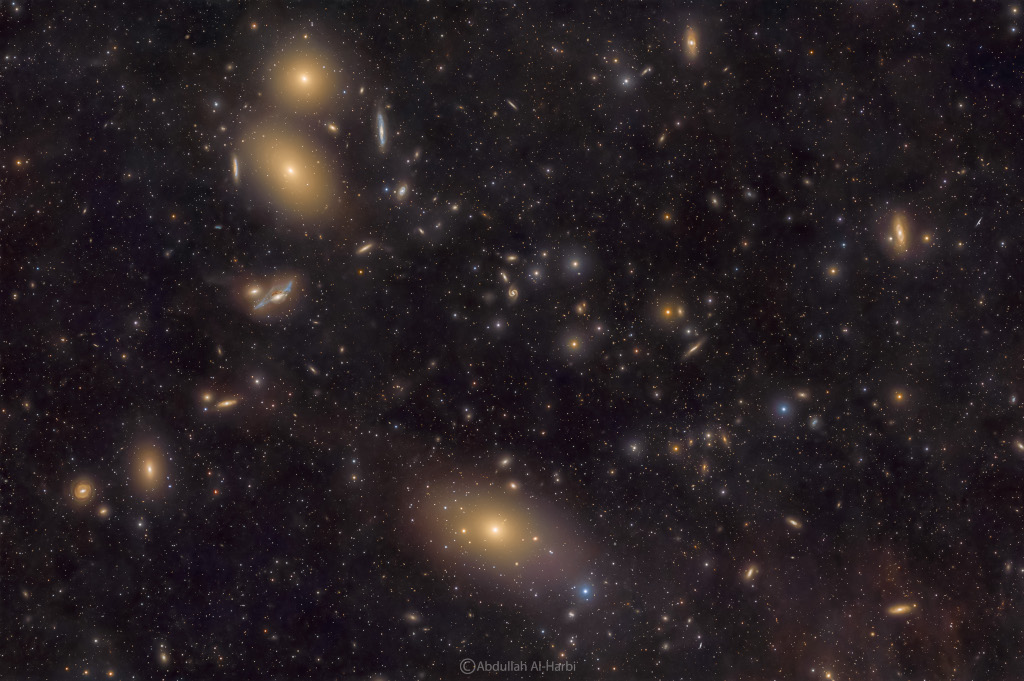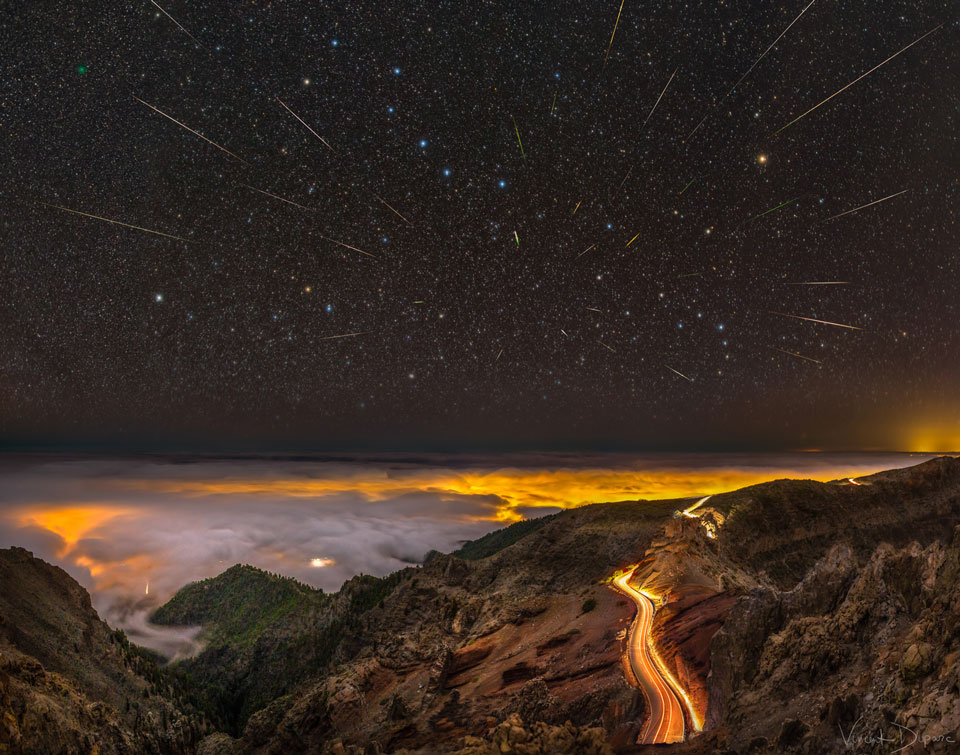AVAO wrote: ↑Fri May 26, 2023 7:46 pm
ThanX Ann - your post was faster

...so as an addition...
Active Galaxy NGC 4438: "A monstrous black hole's rude table manners include blowing huge bubbles of hot gas into space. At least, that's the gustatory practice followed by the supermassive black hole residing in the hub of the nearby galaxy NGC 4438. Known as a peculiar galaxy because of its unusual shape, NGC 4438 is in the Virgo Cluster, 50 million light-years from Earth." (Source: ESA)
...and the bridge between M86 and NGC 4438
(can be seen in a composit Image the X-ray gas is visible in blue (source: KIPAC))
...image collage from different sources and wavelengths...
...in a high active area...

biggg:
https://live.staticflickr.com/65535/521 ... de52_o.jpg
jac berne (flickr)
Thanks AVAO, I always appreciate the pictures you post!

Your picture of the bridge between NGC 4438 and M86 shows more than mine, since your picture also includes X-rays.
And I really like your last picture! The deceptively smallish-looking object with red outflows at lower center left is of course giant elliptical galaxy M87 and the great outflows from the monstrous black hole. But I particularly like your inclusion of large but "waning" spiral galaxy M90 at top left in your image. So here is a closeup of M90:
Massive outflows of gas from M90. Credit: MegaCam at CFHT/Coelum.
Canada France Hawaii Telescope wrote:
The colour image of the galaxy NGC 4569 in the Virgo cluster, obtained with MegaCam at the CFHT. The red filaments at the right of the galaxy show the ionised gas removed by ram pressure. This is about 95% of the gas reservoir of the galaxy needed to feed the formation of new stars (image ©2015 CFHT/Coelum).
So M90 has been losing 95% of the gas needed to create new stars!!! 
How does that affect the colors of M90?
What about the B-V and U-B indices of M90? The B-V index is 0.720, which is quite normal for a large galaxy that is bound to contain huge numbers of old red stars. But the U-B index, 0.425, is red, and it means that M90 has formed few or no ho massive stars lately.
Let's have a look at a map of the location of Virgo Cluster galaxies. I found the map on the Wikipedia page for M88, which is why there is an arrow pointing at M88. Remember that the center of the Virgo Cluster is at M87, M86 and M84.
Let's have a look at some of the outliers, shall we? M64 is the Black Eye Galaxy! You will have to read the
Wikipedia entry yourselves.
Another outlier is
M85, a lenticular galaxy without star formation with a suppressed and not at all richly starforming spiral companion, NGC 4394.
Yes, but look at outlier M61, which is truly bursting with star formation!
Has the intergalactic medium robbed M81 of any of its gas? I don't think so! M61 is almost "extremely blue for a large galaxy": Its B-V is 0.510, and its U-B is —0.110.
The only large galaxy that I can think of off hand that is bluer than M61 is M101, the Pinwheel Galaxy!
And finally, I can't help myself. Do look at this brilliant picture by Mark Hanson of M90 and nearby elliptical galaxy M89:
And if I'm not allowed to post this picture, and the picture disappears, then do go to
this page to read about the picture and the galaxies!
Ann
 Virgo Cluster Galaxies
Virgo Cluster Galaxies




























